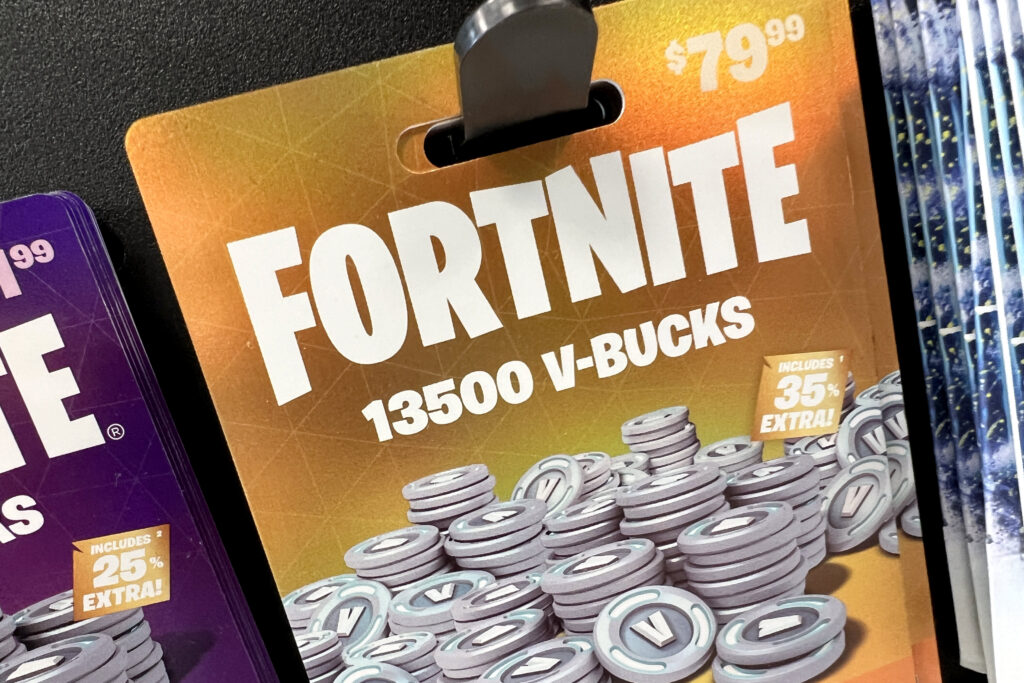The video game industry can't stop microtransactions.
In fact, the two largest video game companies in the United States, Electronic Arts and Take-Two Interactive, currently earn the vast majority of their revenue from live service games, subscriptions, and in-game purchases, according to their recent earnings reports. .
Microtransactions are purchases that users make in-game using real money. These appear as subscriptions, virtual currency, character customization options, and more.
Popular live service titles like Fortnite, Call of Duty: Warzone, and Clash Royale were built on this revenue model. Game publishers must provide updates throughout a given game life cycle to keep players' attention. This is where the term “live service” comes from. Gamers pay for these updates through their Season Pass or subscription.
Due to gamer backlash against early attempts at in-game purchases, the video game industry changed its approach to these subscriptions and bundles of purchasable content.
“The industry is really moving toward what's called a battle pass system, or packaging seasonal content,” said Matt Piscatella, executive director of video games at Circana. “These systems have a much warmer response because people feel they are getting more value and more reliable value for their money.”
In-game spending has become both a lucrative business and a high-stakes challenge. Electronic Arts' live services business generated $5.6 billion in revenue in the most recent quarter, according to the company's latest earnings report. Epic Games, the developer of the popular Fortnite series, is suing Apple over an in-game payment system the developer released within Fortnite to avoid Apple's App Store fees. In Europe, app stores and so-called loot boxes are the main focus of technology regulators.
To learn more about microtransactions, the resulting backlash, and what's next for the industry, watch the video above.


